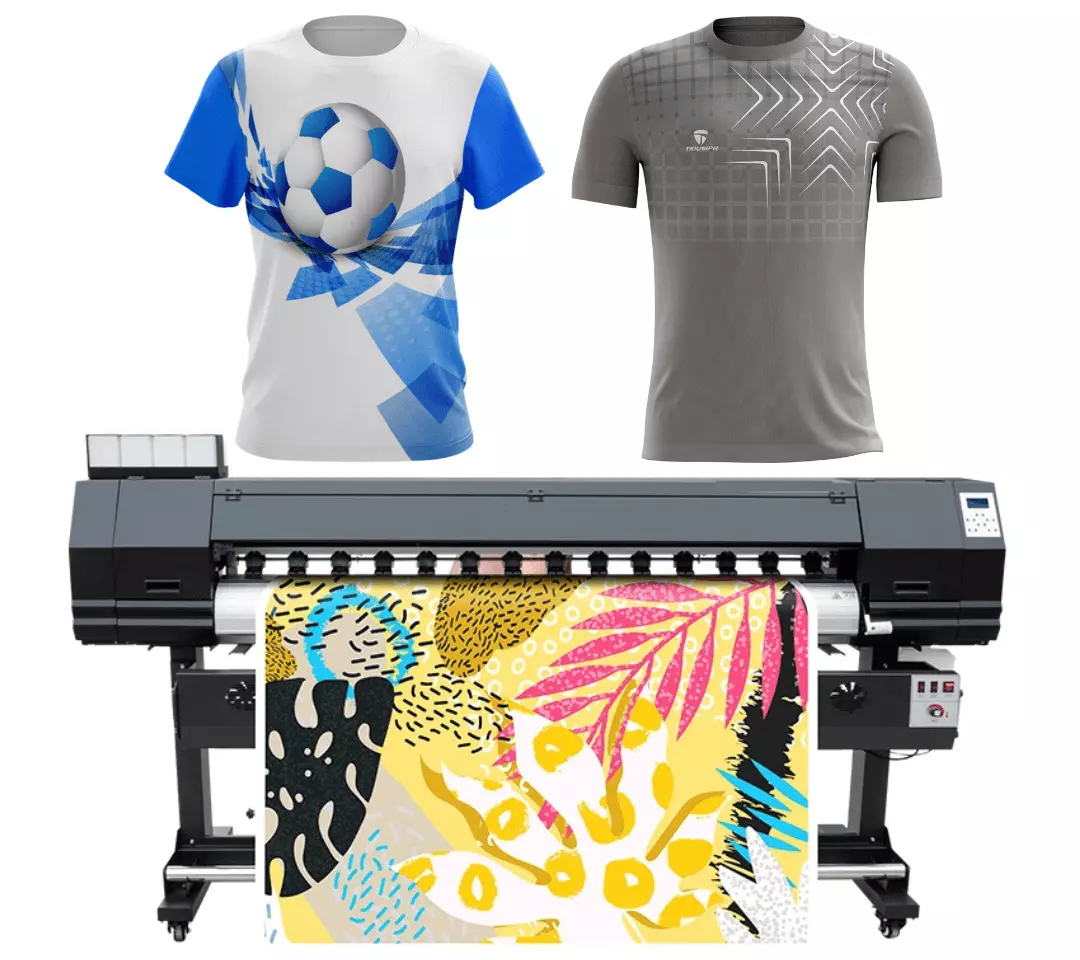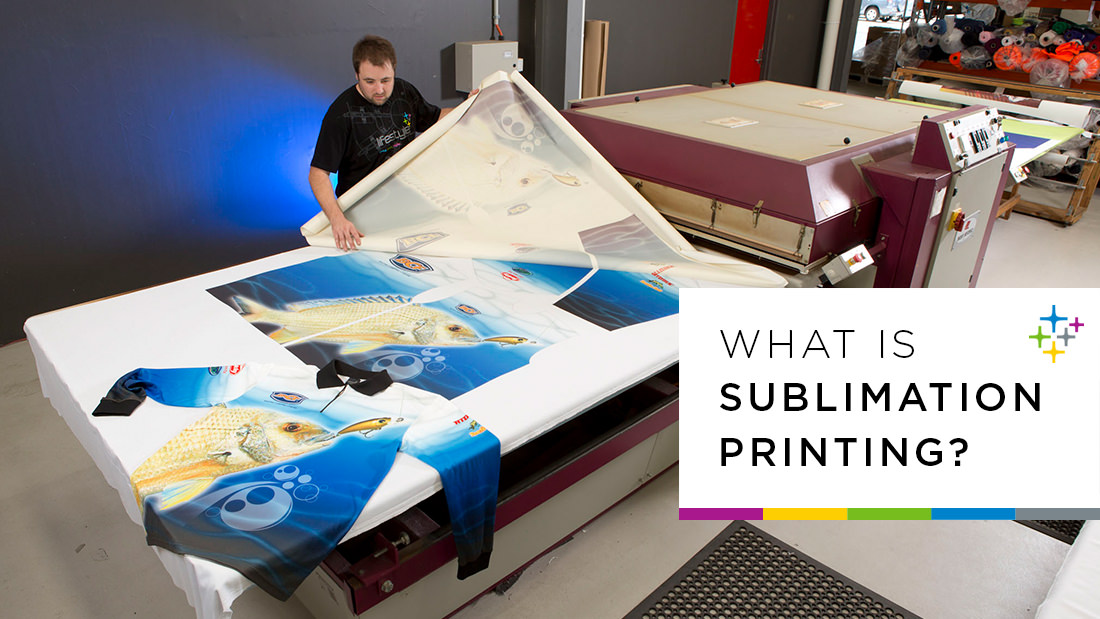Heat Transfer Vinyl Printing: Change Your T-Shirt Game Today
Heat Transfer Vinyl Printing: Change Your T-Shirt Game Today
Blog Article
From Conventional to Digital: Recognizing the Advancement of Towel Printing
The change of cloth printing from typical methods like block printing and withstand dyeing to contemporary methods such as display and digital printing marks a substantial shift in the fabric industry. How do these improvements impact the essence of fabric printing, and what might the future hold for this ever-evolving craft?
Standard Towel Printing Methods
In the beginning of textile production, typical fabric printing methods offered as the cornerstone of fabric style, offering both performance and creative expression. Techniques such as block printing, withstand dyeing, and stenciling were diligently created and improved over centuries, each contributing special visual top qualities and sensible applications to the fabric industry. Block printing, among the oldest techniques, included sculpting detailed styles into wooden blocks, which were after that dipped in dye and pressed onto textile. This labor-intensive process permitted the rep of comprehensive patterns, showcasing the craftsmen's ability and creative thinking.
Stand up to dyeing, consisting of techniques like batik and tie-dye, used wax or various other materials to avoid dye from penetrating specific locations of the material. This method created striking contrasts and intricate layouts, usually imbued with social relevance. Stenciling, one more conventional method, entailed reducing patterns into a product and using dye via the openings, using an easier yet effective way to produce recurring styles.
These typical techniques not just formed the textile sector's early growth but likewise prepared for future developments. Each technique showed the local and cultural characteristics of its origin, preserving and sharing artisanal understanding through generations.
The Surge of Screen Printing
Just how did display printing transform the landscape of fabric layout? The arrival of screen printing in the early 20th century noted a significant separation from traditional approaches, offering unmatched flexibility and performance. This strategy involves pressing ink with a fine mesh screen that has actually been stenciled with a style, enabling for high precision and consistency. Screen printing made it possible for designers to produce detailed patterns and dynamic colors on textiles, which were previously testing to attain with block printing or hand-painting techniques.
One of the key advantages of screen printing is its capability to replicate complex layouts on a big range with remarkable fidelity. This scalability made it immensely popular in the industrial fabric market, where mass production without giving up high quality is critical. Screen printing fits a broad array of inks and dyes, broadening the scheme of textures and surfaces readily available to developers.
Moreover, the procedure is extremely adaptable, appropriate for numerous material kinds including cotton, silk, and synthetics. This flexibility, incorporated with its cost-efficiency for huge runs, strengthened display printing's role as a keystone of modern fabric production. Thus, the surge of screen printing revolutionized the market, pushing the limits of what was possible in textile layout.

The Advent of Digital Printing
Building on the remarkable advancements brought by screen printing, the textile market experienced an additional groundbreaking development with the advent of digital printing. Emerging in the late 20th century, electronic printing revolutionized the means styles are moved onto fabrics, providing extraordinary flexibility and performance. Unlike typical methods, which often called for comprehensive configuration and substantial manual intervention, digital printing employs computer-aided design (CAD) technology to generate detailed patterns straight onto the fabric with high precision.
This innovation has actually enabled fabric producers to fulfill the expanding demand for personalization and on-demand manufacturing. By removing the demand for plates and displays, electronic printing minimizes lead times and lessens material waste, making it a more sustainable alternative. The ability to publish intricate photos and a variety of shades in a single pass has opened up brand-new innovative avenues for designers, fostering a rise in imaginative expression within the market.
Furthermore, electronic printing sustains smaller batch manufacturing runs, which is especially useful for check out here particular niche markets and start-up style brand names. This technical leap has not just enhanced functional performance however additionally equalized accessibility to top see this website quality fabric printing, setting the phase for future innovations in material style and manufacturing.
Comparing Methods: Conventional Vs. Digital
While both typical and digital printing methods have their own unique benefits, they vary substantially in terms of procedure, effectiveness, and ecological impact. Conventional cloth printing, including techniques like block printing and screen printing, includes manual work and elaborate workmanship. These techniques are celebrated for their ability to produce abundant appearances and vibrant shades, commonly causing distinct, artisan-quality products. Nonetheless, they are labor-intensive, taxing, and commonly restricted in terms of color selection and design complexity.
In contrast, electronic printing uses innovative modern technology to transfer layouts straight onto fabric using inkjet printers. Digital printing is significantly much faster, enabling for fast turnarounds and just-in-time manufacturing, which decreases the need for huge supply storage.
From an ecological viewpoint, digital printing is normally much more lasting. It makes use of much less water and generates very little waste compared to conventional approaches, which commonly involve considerable washing and coloring processes. Electronic printing is progressively favored in an age where ecological considerations are critical.
Future Trends in Cloth Printing
One significant trend is the increased application of digital printing modern technologies. Digital textile printing is anticipated to dominate the market, driven by its efficiency and flexibility to consumer needs for personalized and limited-edition products. heat transfer vinyl printing.

Additionally, the unification of wise textiles, which incorporate electronic components right into fabrics, is readied to change the marketplace. These fabrics can provide extra performances such as temperature level law, health monitoring, and interactive attributes. As innovation remains to development, the intersection of digital printing and clever fabrics will certainly open brand-new opportunities for innovative and practical applications in fabric printing.
Verdict
The evolution of towel printing from conventional techniques to digital innovations marks a considerable improvement in the textile industry. While traditional methods highlight artisanal craftsmanship and social heritage, electronic printing supplies unparalleled precision, effectiveness, and customization.
The change of cloth printing from standard methods like block printing and withstand dyeing to modern methods such as screen and electronic printing notes a significant shift in the fabric sector. Screen printing allowed designers to produce elaborate patterns and vivid shades on textiles, which were previously challenging to achieve with block printing or hand-painting approaches.
Building on the amazing advancements brought by display printing, the textile market experienced one more groundbreaking advancement with the development of electronic printing. heat transfer vinyl printing. Traditional towel printing, incorporating methods like block read more printing and screen printing, includes manual labor and intricate workmanship. As innovation continues to breakthrough, the intersection of digital printing and clever textiles will open brand-new avenues for practical and imaginative applications in fabric printing
Report this page